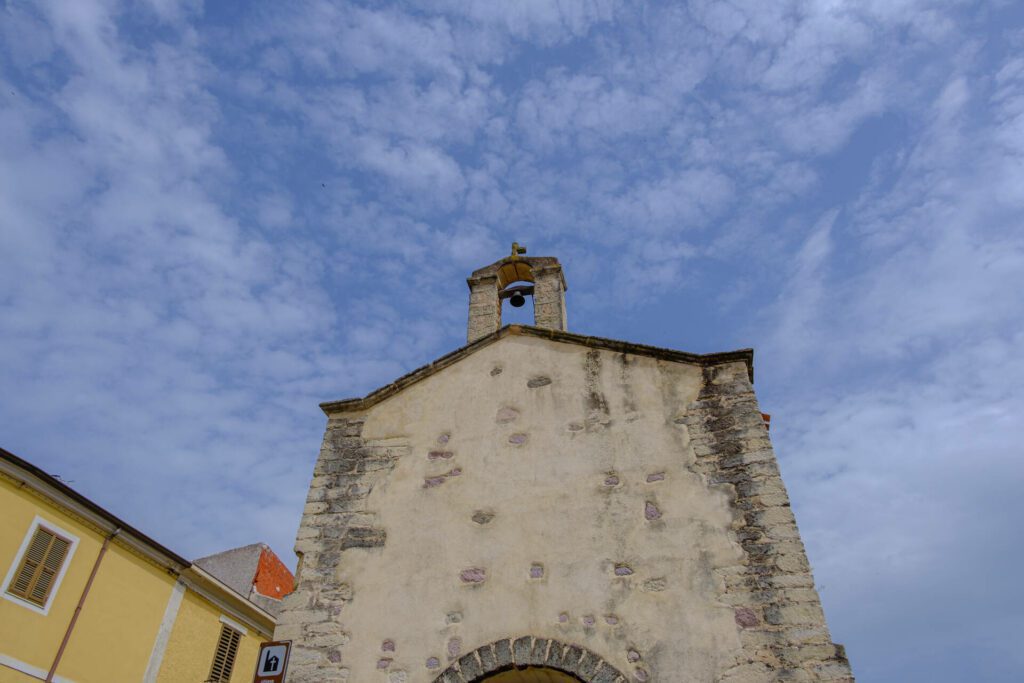Chiesa di Santa Croce
Chiesa di Santa Croce
Nel cuore del centro abitato di Uri si trova la chiesa di Santa Croce, la cui prima menzione è ravvisabile nel Condaghe di S. Pietro di Silki, insieme al villaggio di Uri. Probabilmente edificata in stile romanico, la chiesa, intorno al XI/XII secolo cambia nome in Santa Maria assumendo il ruolo di chiesa parrocchiale fino all’inizio del XV secolo. Secondo la tradizione apparteneva a una Congregazione monastica, forse quella delle monache benedettine di San Pietro. Dopo un periodo di abbandono sarà la Confraternita di Santa Croce a prendere possesso del luogo di culto trasformandolo in propria sede. Di questo permangono notizie documentarie conservate nell’archivio parrocchiale. Alla Confraternita si devono i primi interventi di restauro sull’edificio attestati a partire dal XVII secolo. Quasi alla metà del XIX secolo la chiesa era ormai sconsacrata e utilizzata come aula di scuola elementare. Questa fu solo la prima delle tante destinazioni d’uso diverse di cui sarà protagonista. Dopo diversi interventi di restauro, Santa Croce ha riassunto il suo ruolo di luogo di culto.
Edificata in pietra locale, la chiesa presenta una facciata a capanna, con il portale ad arco a tutto sesto. Il campanile a vela conserva ancora oggi una campana. All’interno la volta fu ricostruita con un sistema a capriate lignee, come doveva essere originariamente. Si evidenziano poi tre cappelle, restaurate e decorate con stucchi.










 ►
Explore 3D Space
►
Explore 3D Space
